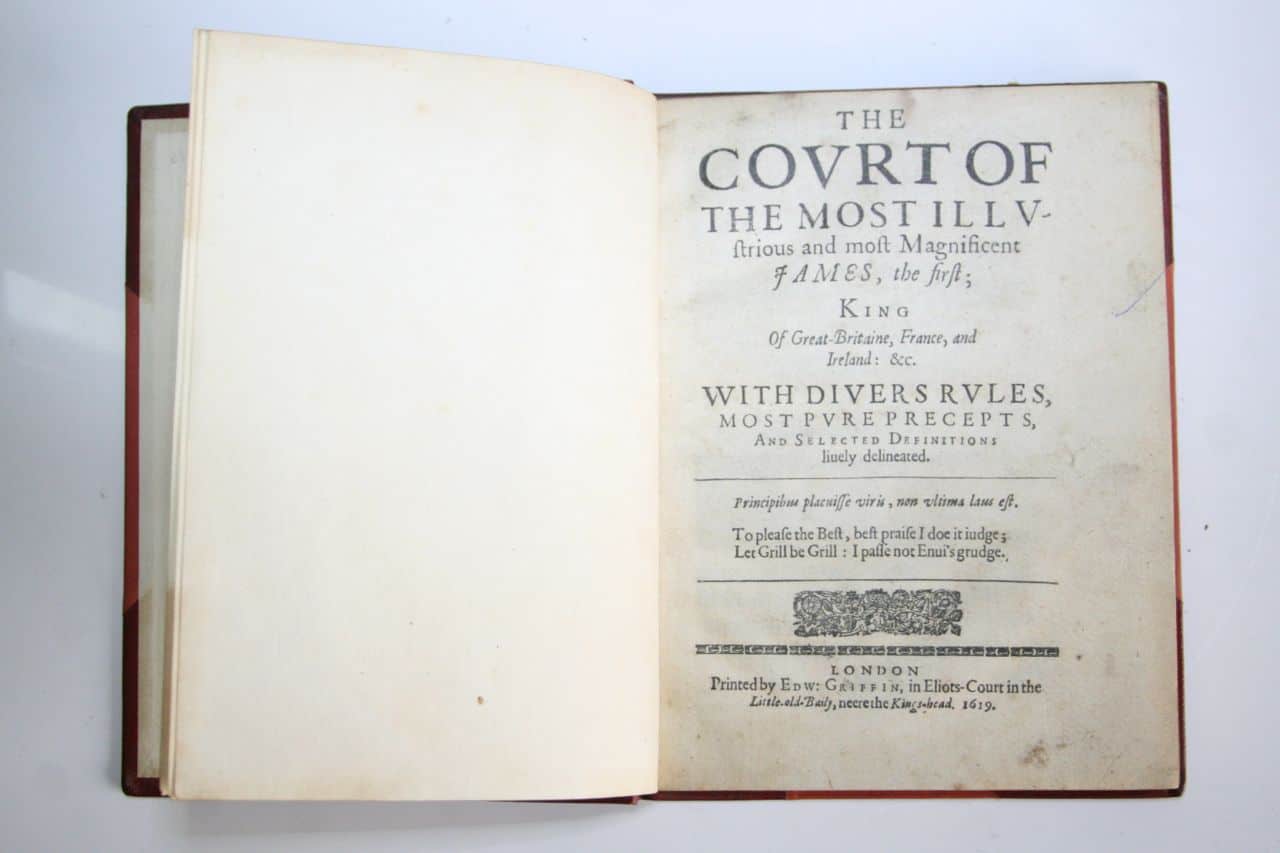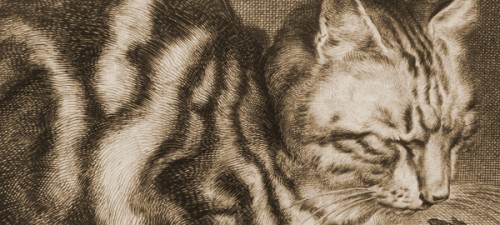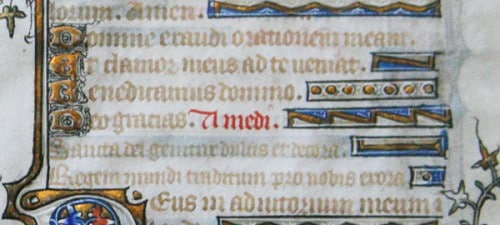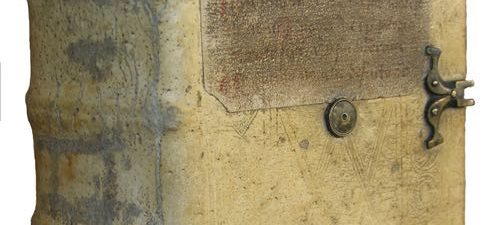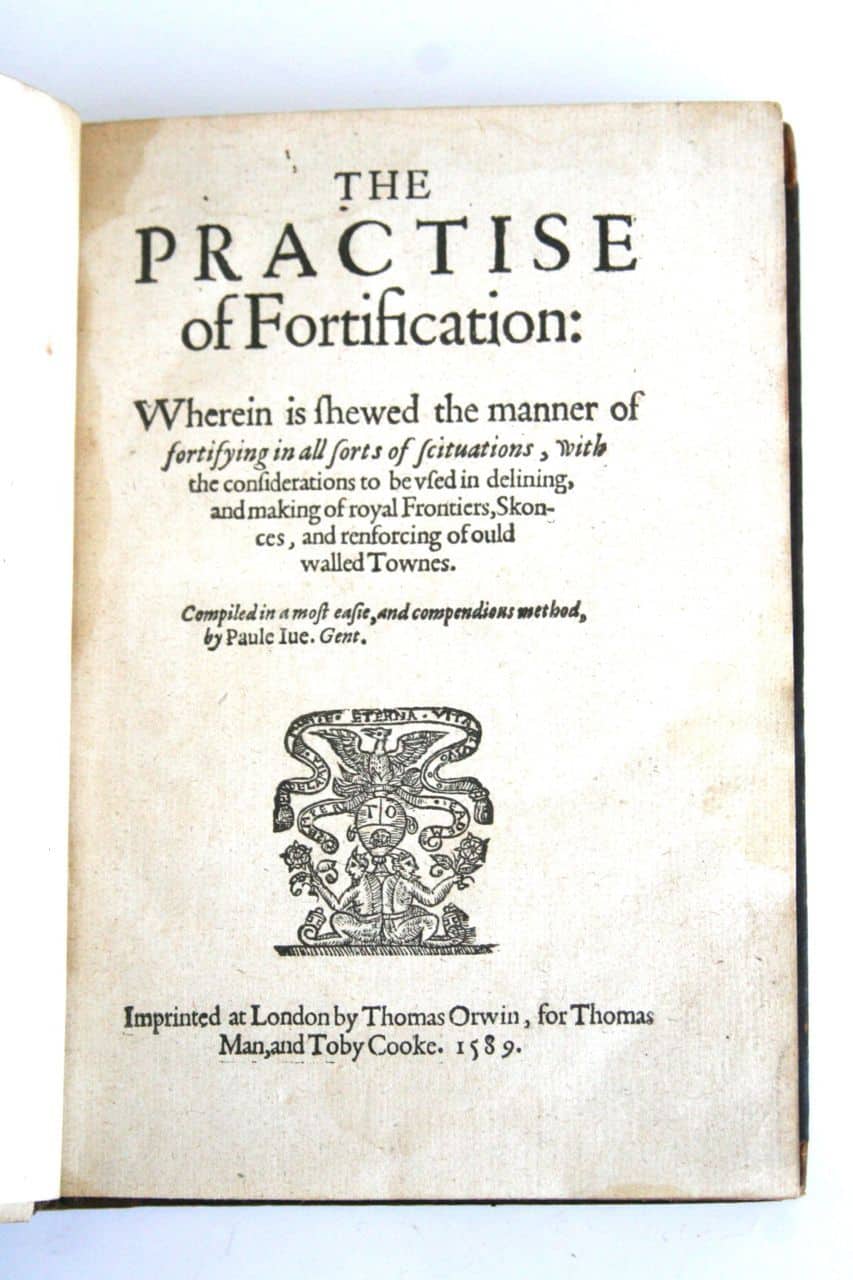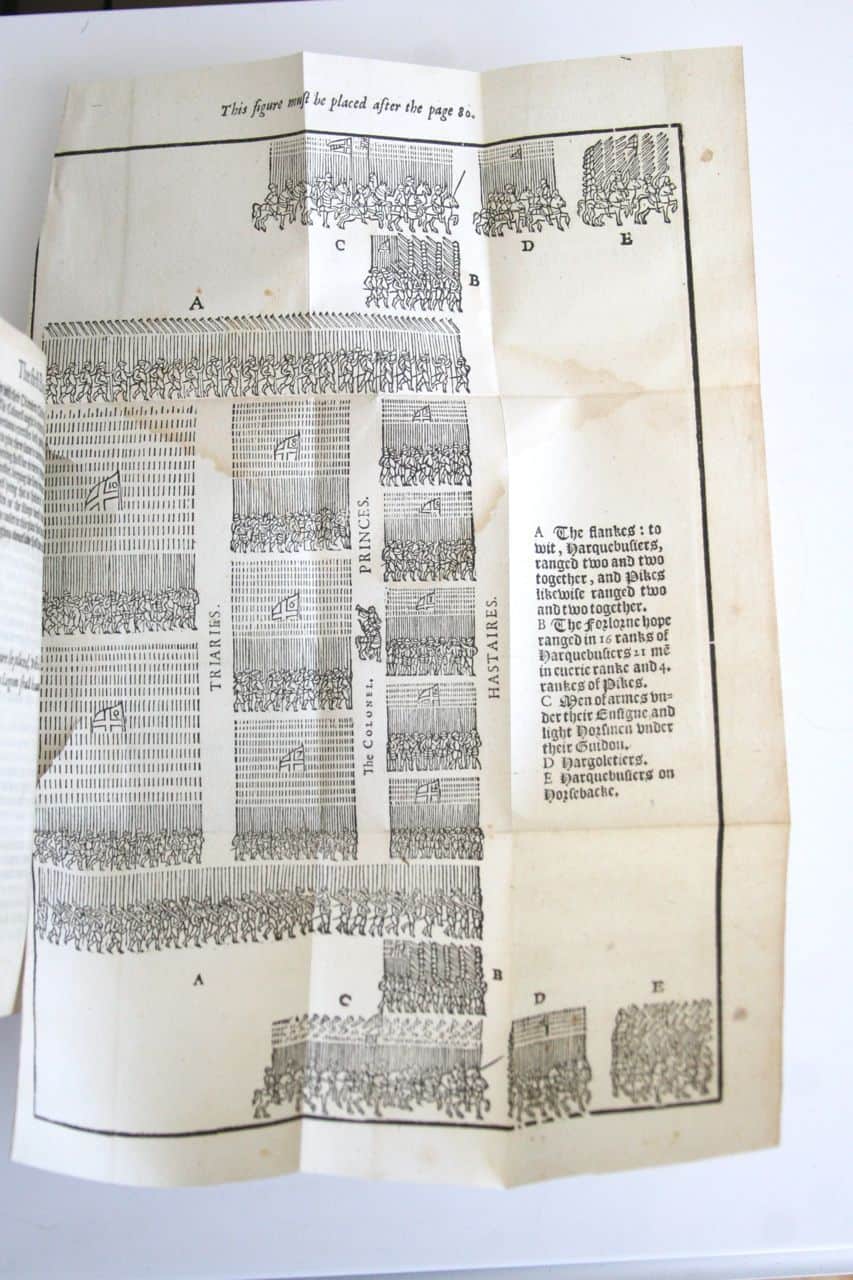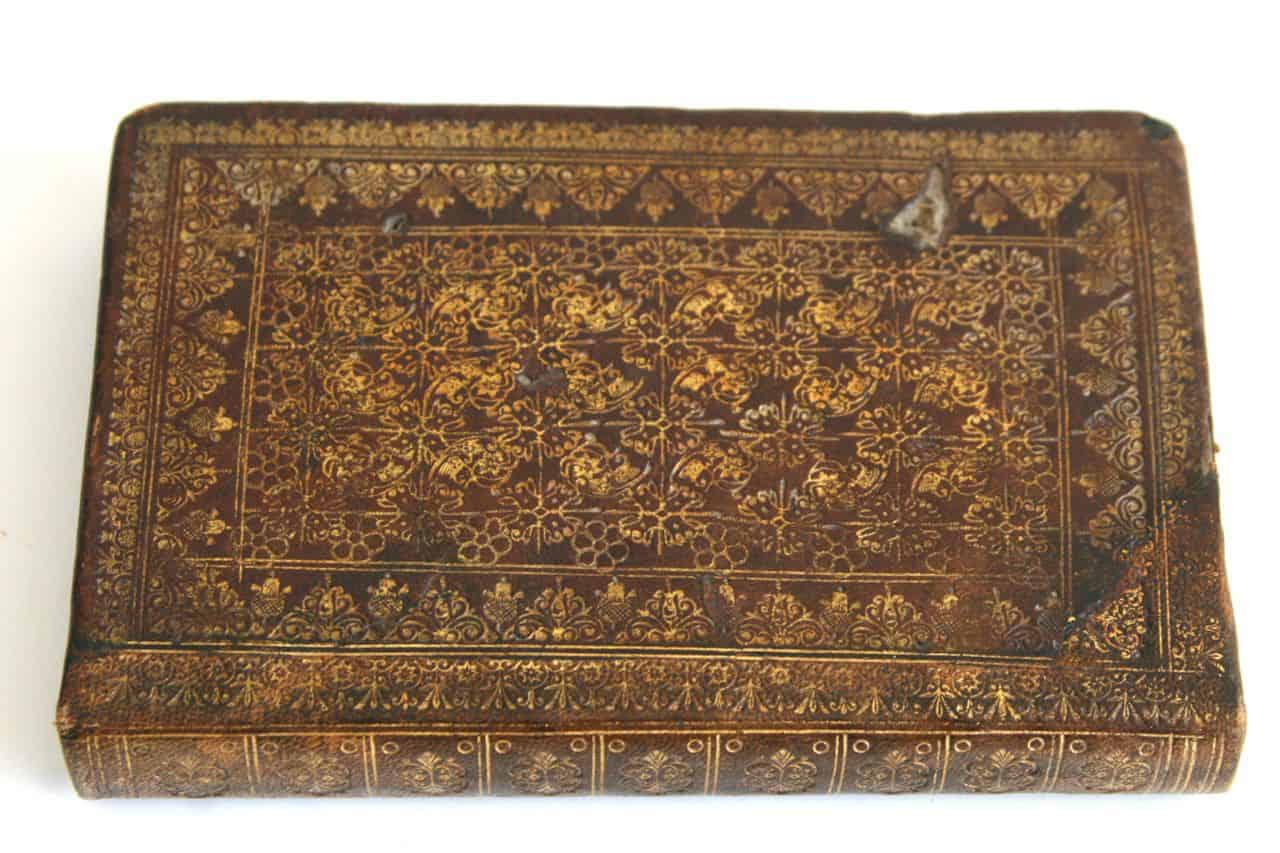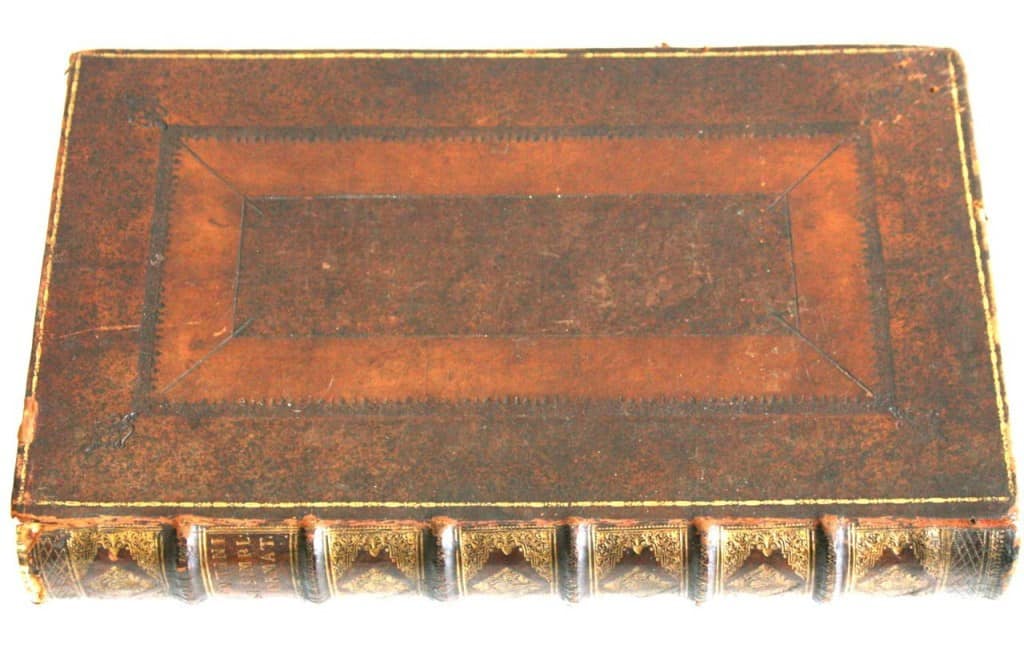January 2, 2012
ONE OF THE 17th CENTURIES MOST POETIC AND ELOQUENT GUIDES TO COURTLY BEHAVIOR
The Book:
[A.D.B.] The court of the most illustrious and most magnificent James, the first; king of Great-Britaine, France, and Ireland: & c.
London, Printed by E. Griffin, 1619.”The epistle dedicatory” signed: A.D.B Presents “certaine rules and precepts of a courtly and politicall life.” cf. “The epistle to the reader.” Small 4to., [14], 168 p. 19 cm. Light browning to t.p., but overall a handsome and attractive copy; mid-20th century 3/4 red morocco and raised bands with the small ownership stamp (likely his private collection) of the well known bookseller Horace G. Commin of Bournemouth. This copy purchased for $400 + $28 tax in 1981 from Hamill Barker. Extremely Rare FIRST EDITION; no copy of the 1619 First Edition appears in the auction records since 1946 when Sotheby’s sold a copy as part of the “CATALOGUE OF THE EXTREMELY IMPORTANT AND VALUABLE LIBRARY The Property of the Rt. Honble. Lord Cunliffe”; possibly this copy before rebinding. STC references only the 1620 2nd ed.; 1022. See also : Davis Bergeron’s King James and Letters of Homoerotic Desire pg. 111. [SOLD]
Bibliographically rare and historically important, this tract or “very rare article” according to Brydges’ Censura Literaria of 1807 is an “excellent little treatise, although addressed to the courtiers of James the First, is well worthy the perusal of those belonging to George III. It is. inscribed to “George Marquisse Buckingham, Vicount Villiers, &.c. &c.” the well known favourite of James I. And the dedication is signed with the initials A. D. B.” The mysterious initialed author describes the King’s final male favorite, George Villiers, Duke of Buckingham, as “most resplendently glister and shine, like a most pretious Jewell richly garnished in the purest gold” ( pg. 2 ) The principal object of the author appears to have been to warn the courtier “to bee most wary and heedfull that out of himselfe hee draw a rule to rectifie and govern his owne life, that hee be content to taste the sower with the sweete, and in court to expect as well burthen-some blame and injurie as beautiful fame and dignity.” This is followed by admonitions to “get wisdome as his best guide…let him not by any meanes omit or neglect the studio of law, languages, and eloquence and let him especially, bend his best endevours to attaint unto the prompt, perfect, and most commendable knowledge of histories, and antiquities, to which, indeed I cannot sufficiently move and admonish him: for, this knowledge is the testis of the times, the light of truth, the life of memorie, the mistresse of life, and the messenger of antiquitie”
